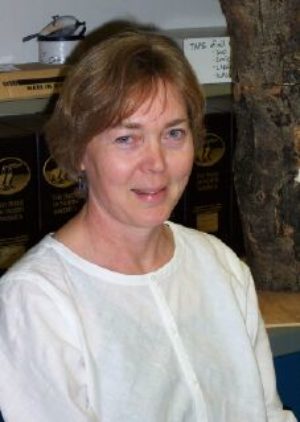Innovation Anthology #36: Professor of Nutrition

A burned forest can still be smoldering when woodpeckers fly in to forage amongst the charred trees.
Fire specialists like black-backed and three toed woodpeckers come to eat beetles that migrate from long distances to colonize these newly burned areas.
Ecologist Dr. Susan Hannon of the University of Alberta and her graduate student Jeff Hoyt researched this relationship after the huge Marianna Lakes fire south of Fort McMurray.
DR. SUSAN HANNON: They just differ slightly in their foraging strategies. The three-toed woodpecker scales off the bark. So trees that are lightly burned that still have most of their bark on them are preferred by this species because the bark beetles under the bark and they can scale and flake of the pieces of bark and get access to these bark beetles. The black-backed can actually drlll further into the bark to get at some of these wood boring insects.
These woodpeckers appear to exist at low populations in old growth forests, then bounce back when there’s a fire.
Dr. Susan Hannon cautions that fire suppression and salvage logging after forest fires may significantly reduce the very habitat these woodpeckers require to feed and nest.
Thanks today to The Sustainable Forest Management Network.
FOR INNOVATION ANTHOLOGY, I’M CHERYL CROUCHER
Guest
Catherine Field,PhD,
University of Alberta, Edmonton, Alberta, Catherine,
Sponsor
Sustainable Forest Management Network
Established in 1995, The Sustainable Forest Management Network is one of Canada's 22 Networks of Centres of Excellence. The SFMN administrative center is hosted at the University of Alberta, Edmonton, Alberta, Canada. The Network brings together top scientists, forest managers and practitioners, First Nations leaders and governments to address known and emerging challenges to forest sustainability.
![]()
Program Date: 2007-05-31